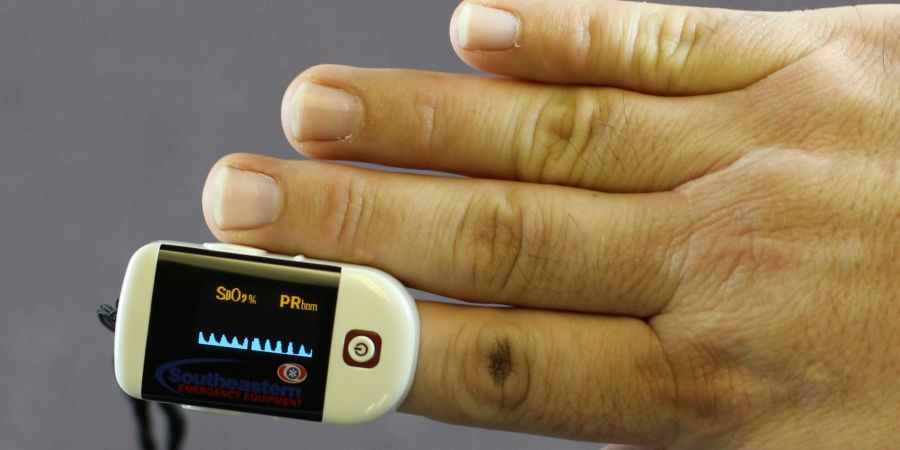

COVID-19's second wave has served as a wake-up call for all of us. People are unfortunately losing their lives as a result of a lack of oxygen and vital medicines. Though you may be aware of all the tips and tricks for boosting immunity, such as drinking kadhas on a regular basis, consuming green and leafy vegetables, snacking on nuts, and staying hydrated at all times, it is equally important to maintain your respiratory health and organs. So, if you catch the deadly virus, they will naturally produce oxygen, reducing the reliance on oxygen cylinders.
As a result, in addition to taking care of your diet and immunity, you must now concentrate on improving your oxygen levels. You will be able to combat COVID-19 and other respiratory diseases as a result of this. On the same note, we've compiled a list of five natural ways to improve your oxygen levels and overall health.
Change your diet: Antioxidants help the body use oxygen more effectively, which means more oxygen is consumed during digestion. Blueberries, cranberries, red kidney beans, artichoke hearts, strawberries, plums, and blackberries are the foods to eat if you want to increase your antioxidant intake, and the majority of them can be found in juices and smoothies.
Essential fatty acids, such as Vitamin F, are another important protein to consider since they act to increase the amount of oxygen that haemoglobin in the bloodstream may bring. Soybeans, walnuts, and flaxseeds all contain these acids.
Get moving: Exercise is important for a healthier lifestyle. The body can better absorb oxygen when eliminating waste through the lymphatic system with aerobic exercise, such as easy walking. According to the American Heart Association, walking for 30 minutes twice a day has a greater impact on the circulatory system than going to the gym for an hour or more twice a week. Walking has been shown to increase mood, morale, and relieve stress, in addition to the physical health benefits. Change your breathing: It is important to exercise your lungs on a regular basis in order to maintain good respiratory health. The manner in which one breathes, on the other hand, is often an impediment to one's breathing. It was recently found that sick people breathe more deeply and inhale more air, resulting in lower oxygen levels in the body. The correct technique for proper breathing, on the other hand, is to breathe slowly from the diaphragm and through the nose rather than the mouth.
Clean the air: Poor air quality is a common cause of flare-ups in people with COPD. As a result, it is important to ensure the highest possible air quality in the home and workplace. There are a variety of air purifiers on the market that can filter the most harmful contaminants in our setting. A beeswax candle is another useful “low-tech” method for reducing emissions in the air and purifying oxygen.
Hydrate: The human body is approximately 60% water, so the importance of water in how the body works cannot be overstated: it allows body cells to expand, lubricates our joints, and regulates body temperature. Drink filtered water if you want to get the most out of oxygenation.
Water that has been restructured or ionised is microclustered, with smaller groups of water molecules. At the cellular level, this results in high levels of hydration and oxygenation.
Bear in mind that caffeinated drinks, alcohol, and high sodium foods all dehydrate the body, so keep a bottle of water with you at all times and make it a habit to drink it. 8 8-ounce glasses of water a day is recommended by health professionals.








